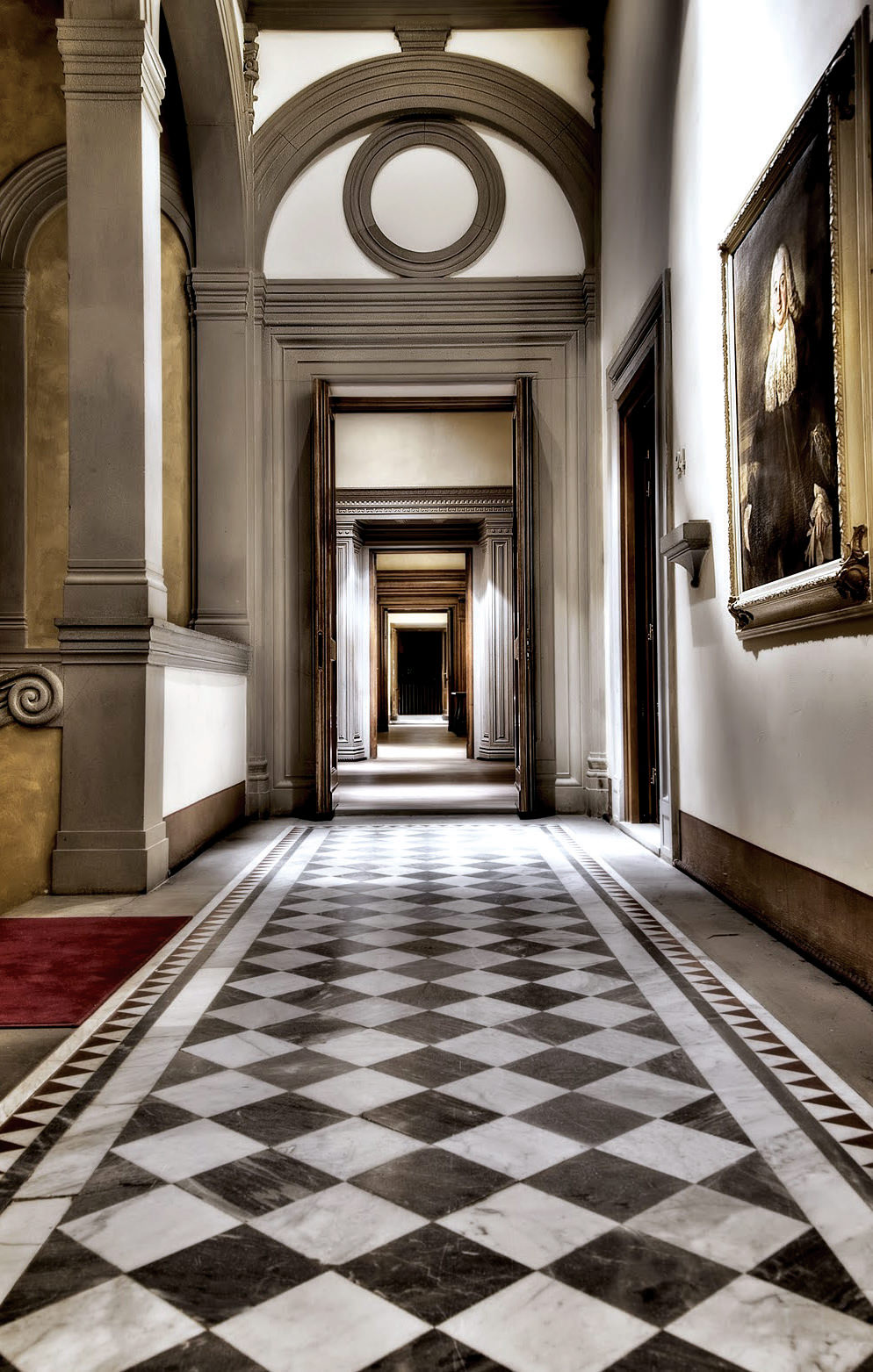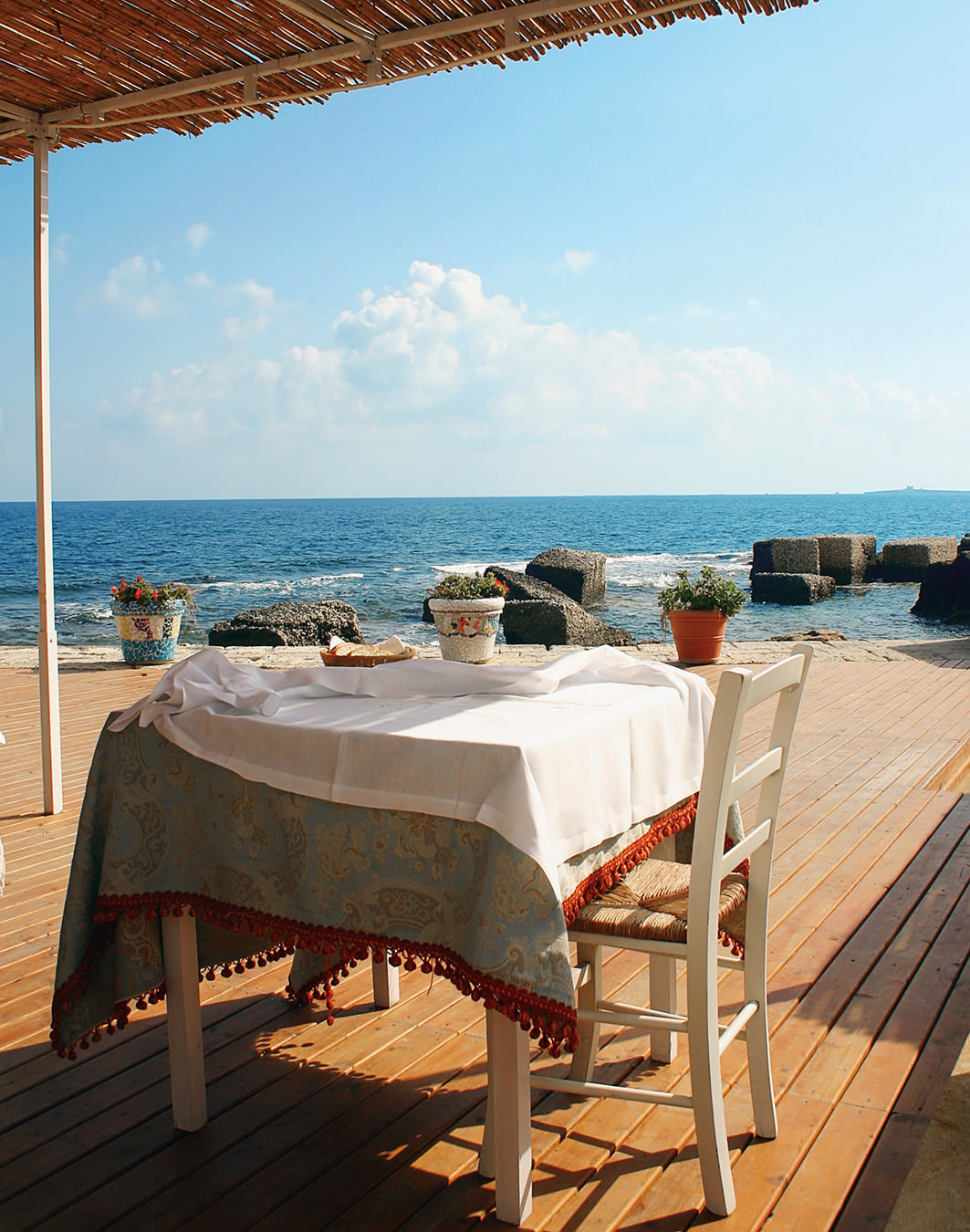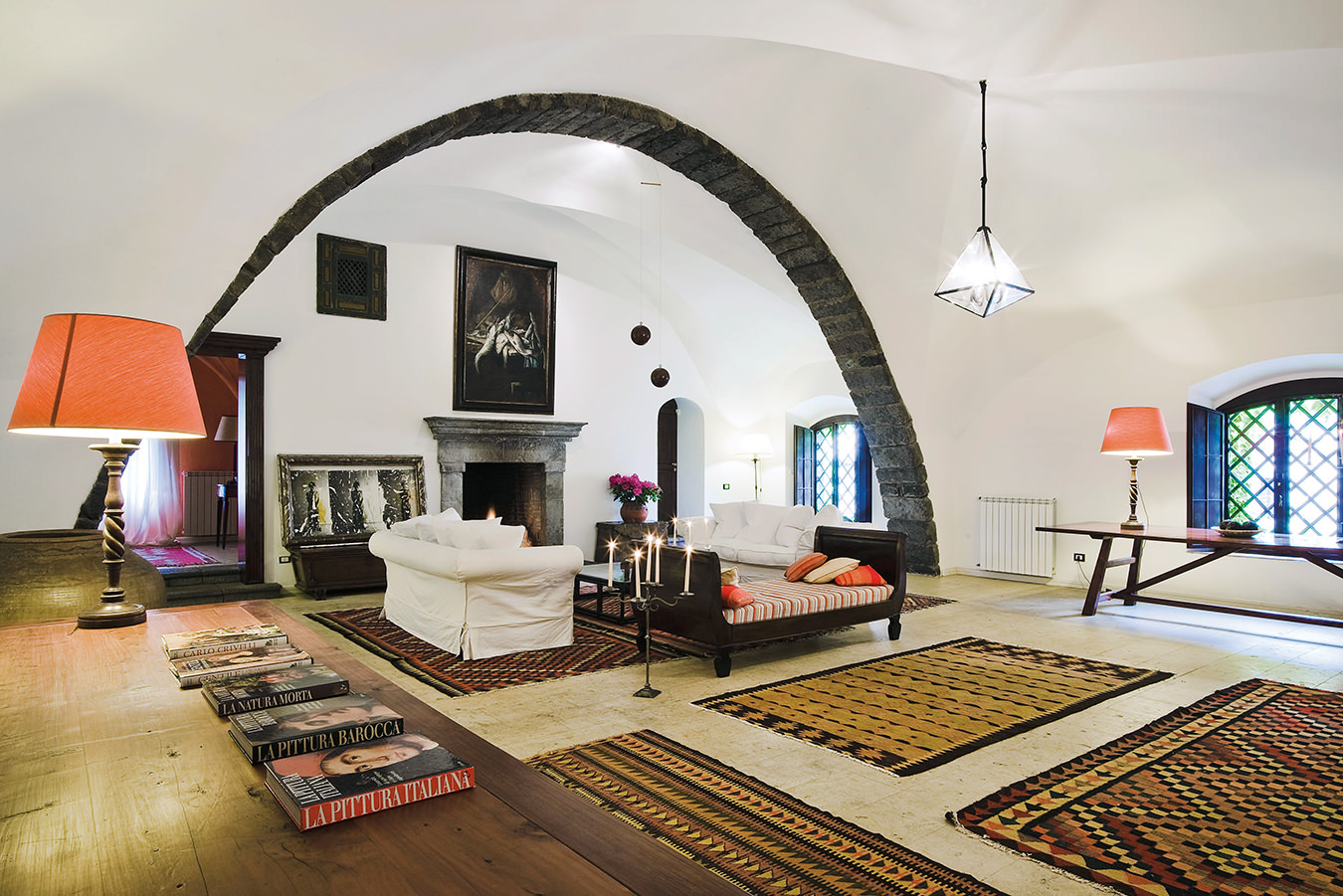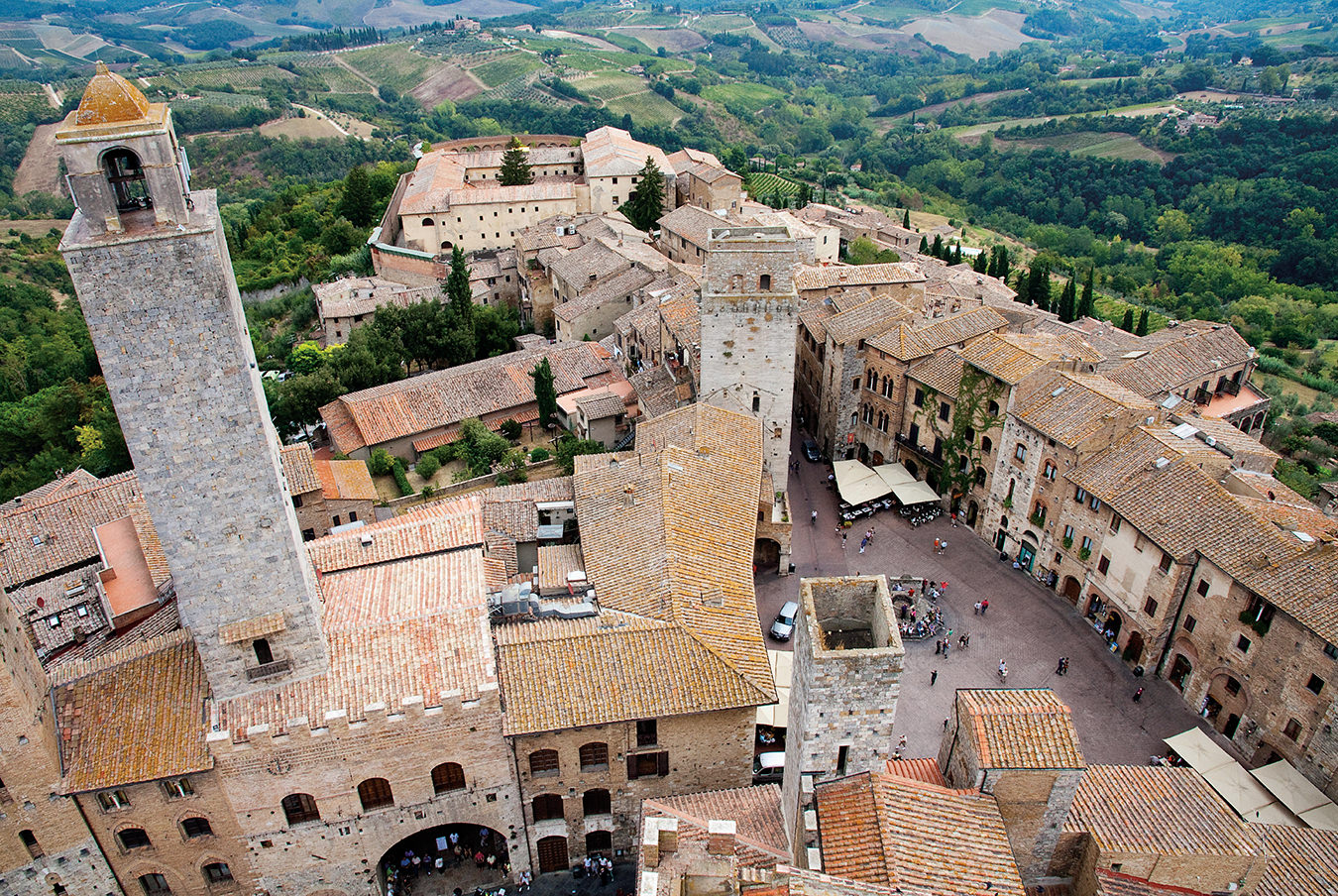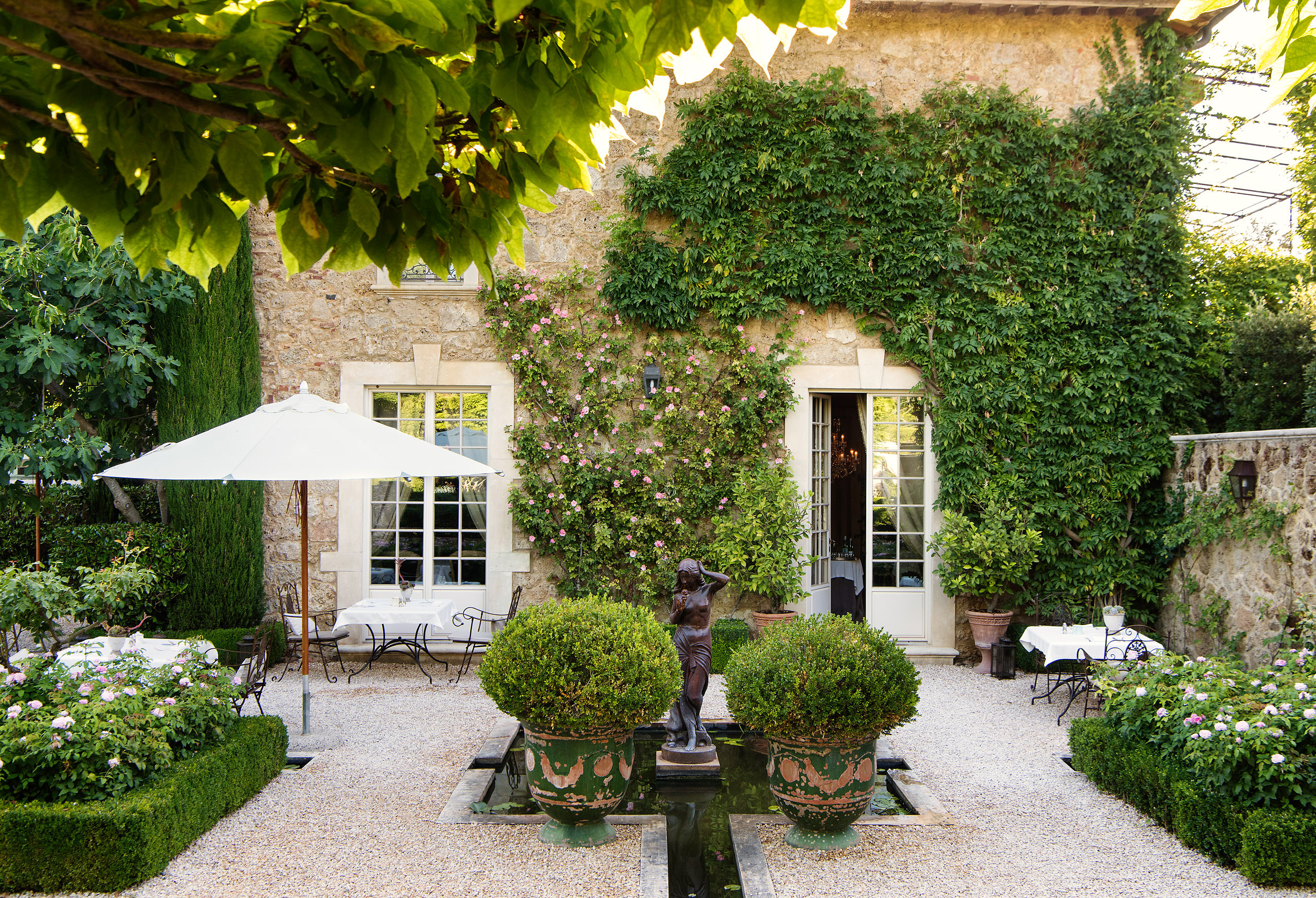
Photos: The 13th-century Borgo Santo Pietro typifies the tranquil Tuscan way of life. For owners Jeanette and Claus Thottrup, the intention has always been to create a self-sustainable estate that harmoniously balances the past with the present in a holistic environment.
Borgo Santo Pietro: A Bucolic Home Away From Home in the Tuscan Countryside
Focus beyond the horizon.
_________
There is something about Tuscany, an allure much like a magnet, pulling one home. When you spend time in Tuscany, you live in beauty, and it changes you. The exhilarating landscape of terraced olive groves and cypress-lined lanes, the vivacity of the people, the food, the art, the history, la bella vita—all of this adds up to a humanistic culture that is good for the soul.
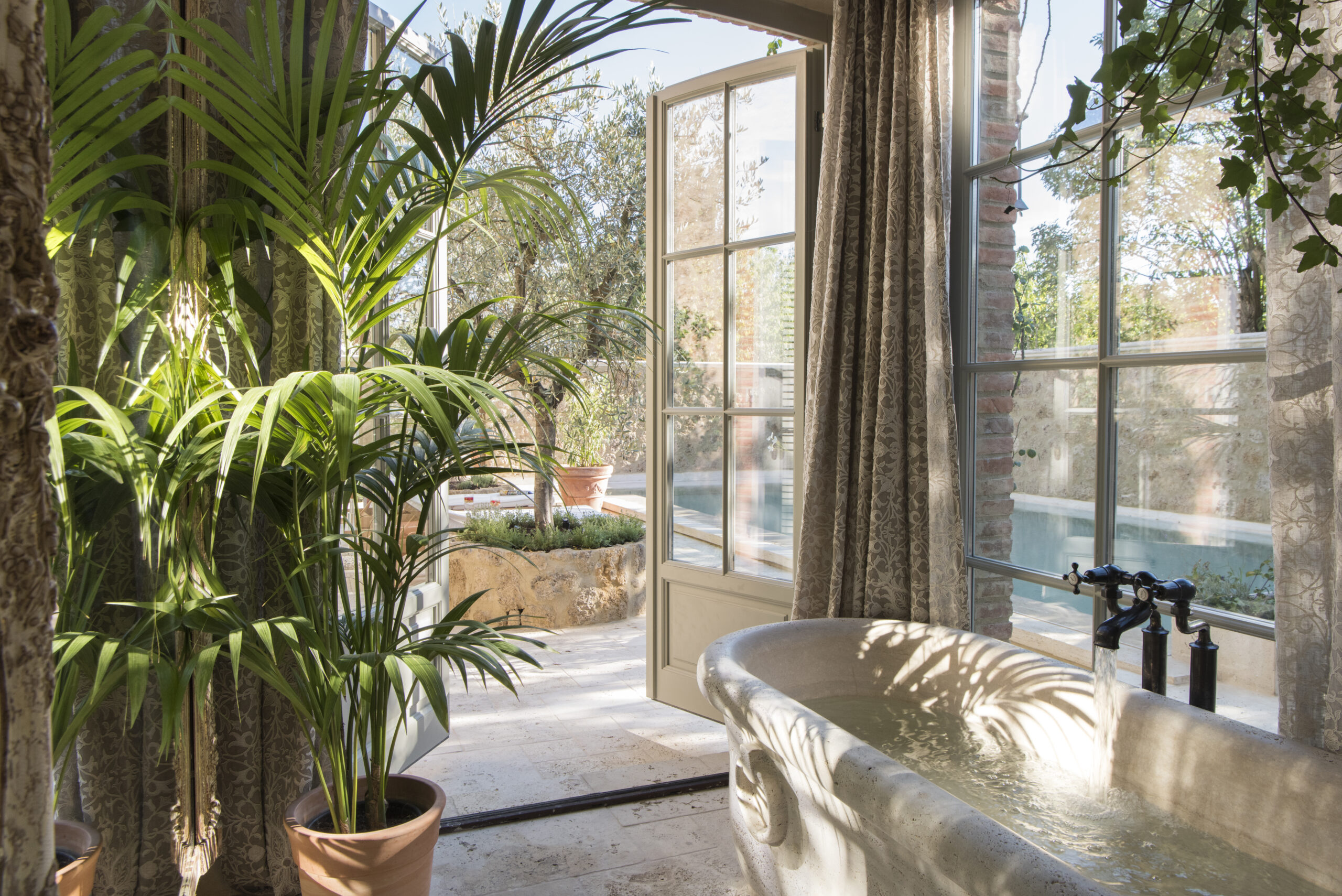
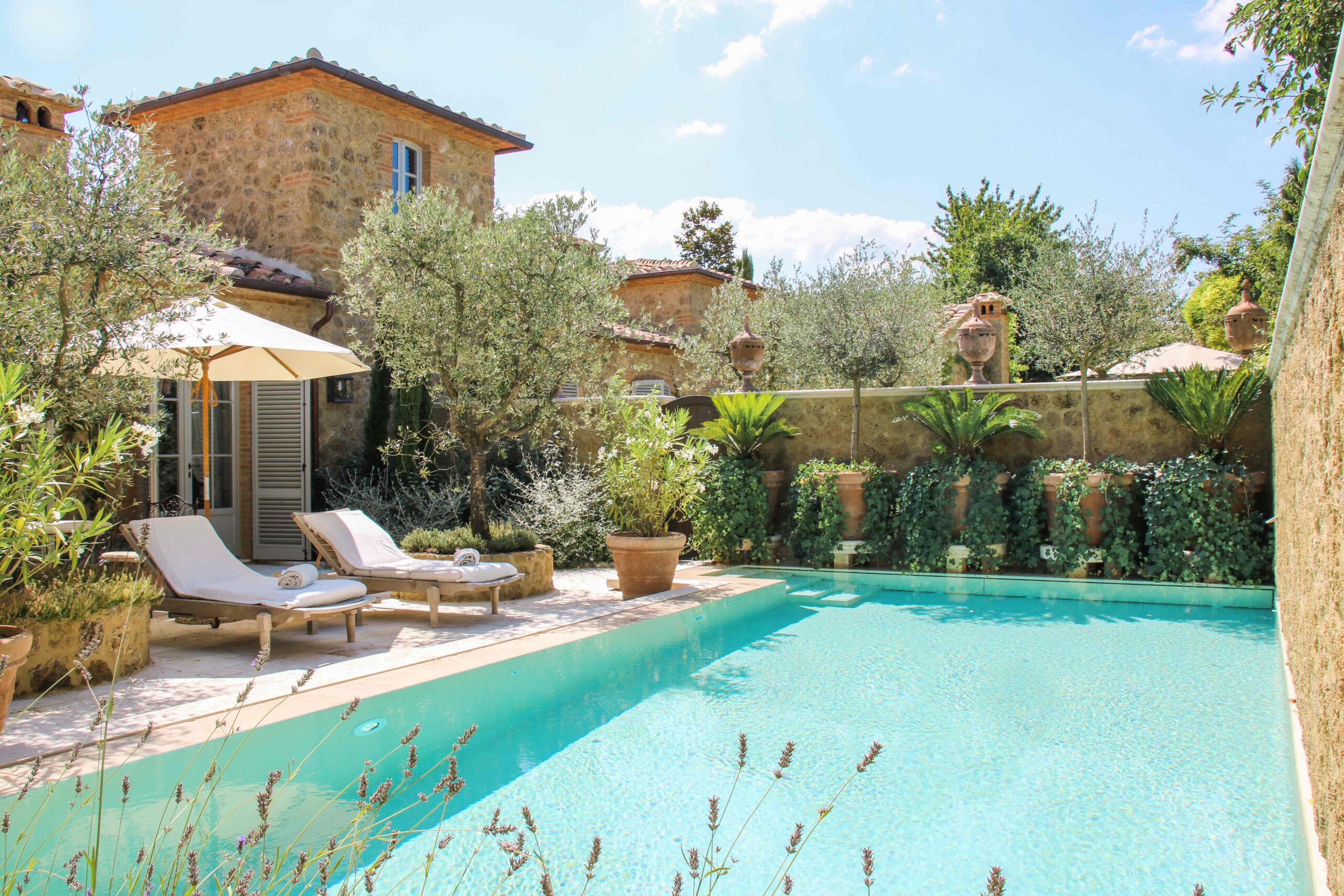
Danish couple Jeanette and Claus Thottrup couldn’t resist the magnetic pull of the derelict 13th-century Borgo Santo Pietro estate in the Tuscan community of Chiusdino when they viewed it in 2001. “We bought the place within 10 minutes,” Claus says, and what was intended as a summer retreat turned into a 20-year passion project. “When we started renovating this ruin for us, we got the idea to make a hotel, but not a traditional hotel, more like the feeling that you are at home,” says Claus, a master builder whose construction company PN Homes (for many years based in London’s Notting Hill) has completed high-value projects across Europe. The Thottrups’ wanderlust gave them an understanding of what the best luxury hotel could be, and the 300-acre Borgo Santo Pietro estate is a glorious boutique retreat, capturing all that is good and great about the Italian way of life.
Borgo, as it’s called for short, certainly feels like paradise. And not just for the luxurious accommodations, which consist of 22 spacious rooms and suites in a soothing palette of neutrals and greens and travertine floors. Jeanette, who has a background in fashion, has a collector’s eye and designer’s touch, finishing Borgo Santo Pietro in an understated elegance.
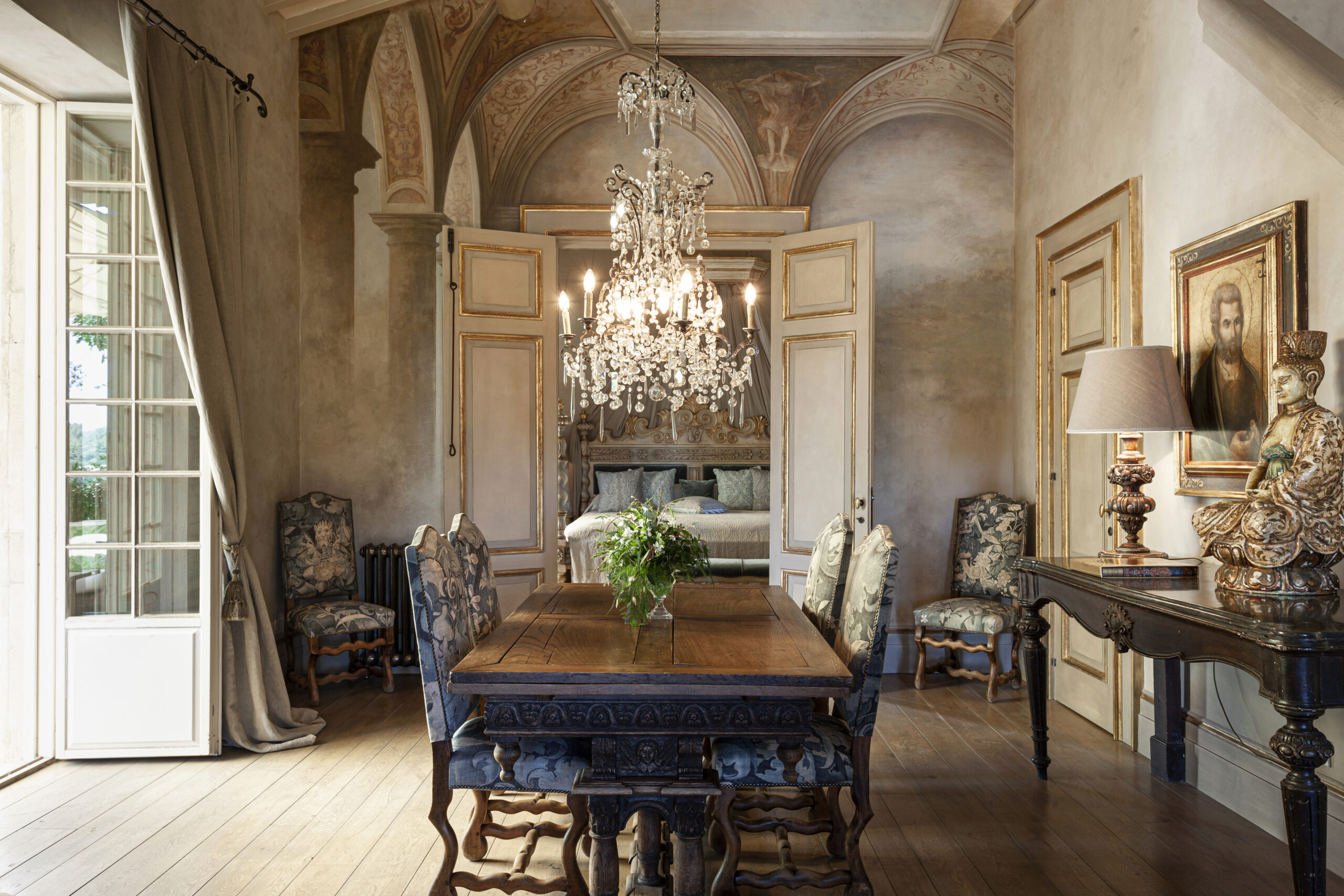
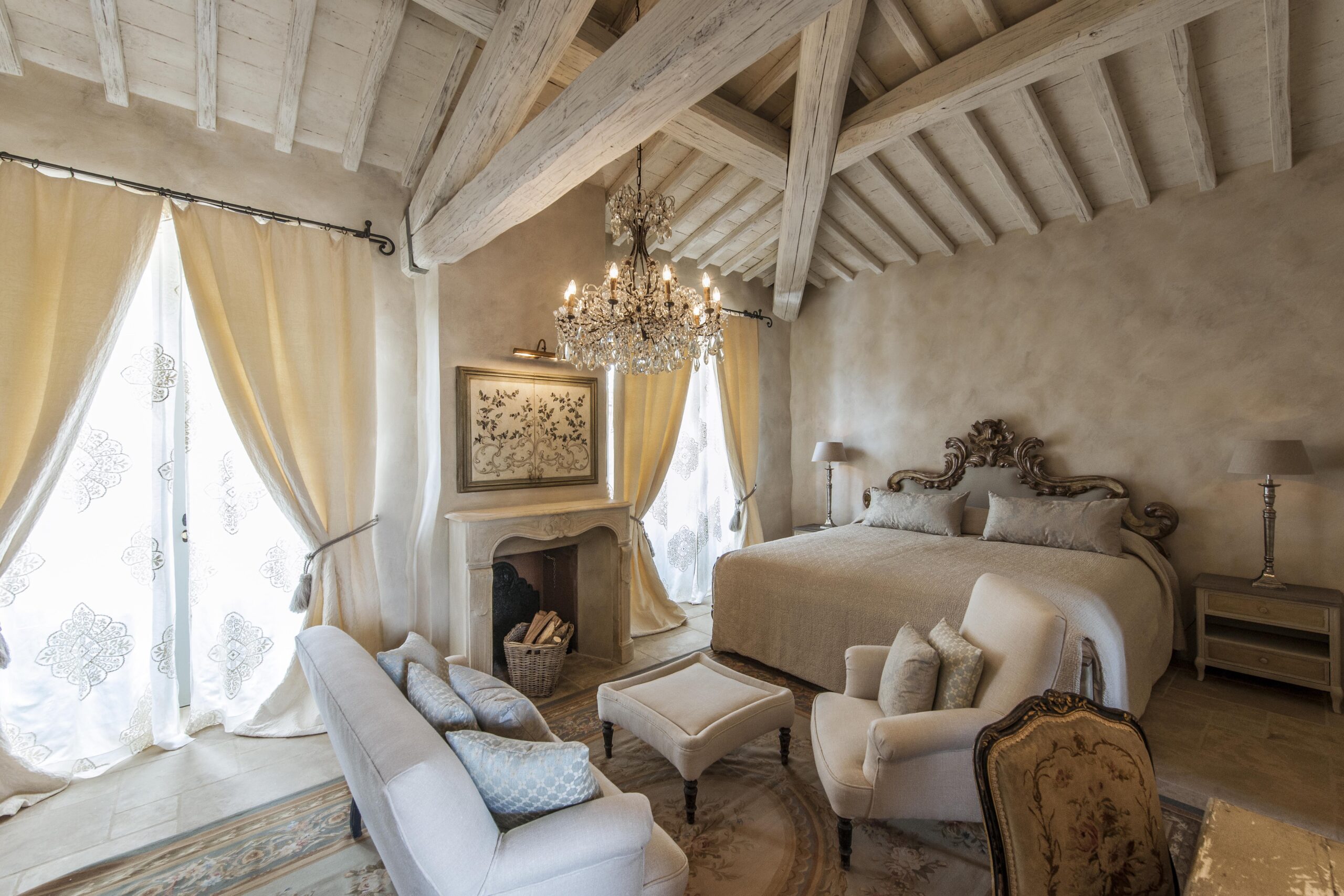
The estate feels overwhelmingly familial, likely due to the many locals who work on and around the property. Every morning, the staff set to work milking the 300 sheep to make ricotta, pecorino, brie, and ravaggiolo. They collect fresh eggs from the 150 chickens who reside in a row of hen houses painted in Farrow & Ball pastel hues, and they tend the biodynamic culinary gardens, nut fields, fruit orchards, and herb gardens that provide bountiful year-round produce. At present, the Borgo Santo Pietro farm supplies the hotel with all the vegetables, bread, honey (from the estate’s 20 beehives), cheeses, lamb, and pork the guests eat. Claus is busily expanding the farm to include cows for milk and meat. Eventually, he expects all the food except seafood served at Borgo Santo Pietro will be ethically and organically produced on site. The estate is also home to olive groves that produce all the olive oil for on-premise use, and even alpacas, whose wool is knitted by the locals.
The philosophy woven throughout every aspect of Borgo Santo Pietro is of organic zero-kilometre living: thus, the elimination of single-use plastics and the installation of three water-purification plants—sparkling, still, and ionized, bottling purified drinking water in glass bottles on site. There is even a cooking school, a fermentation laboratory, and laboratory for the skin-care line Seed to Skin, the brainchild of Jeanette, which includes everything from masks to scrubs and serums.
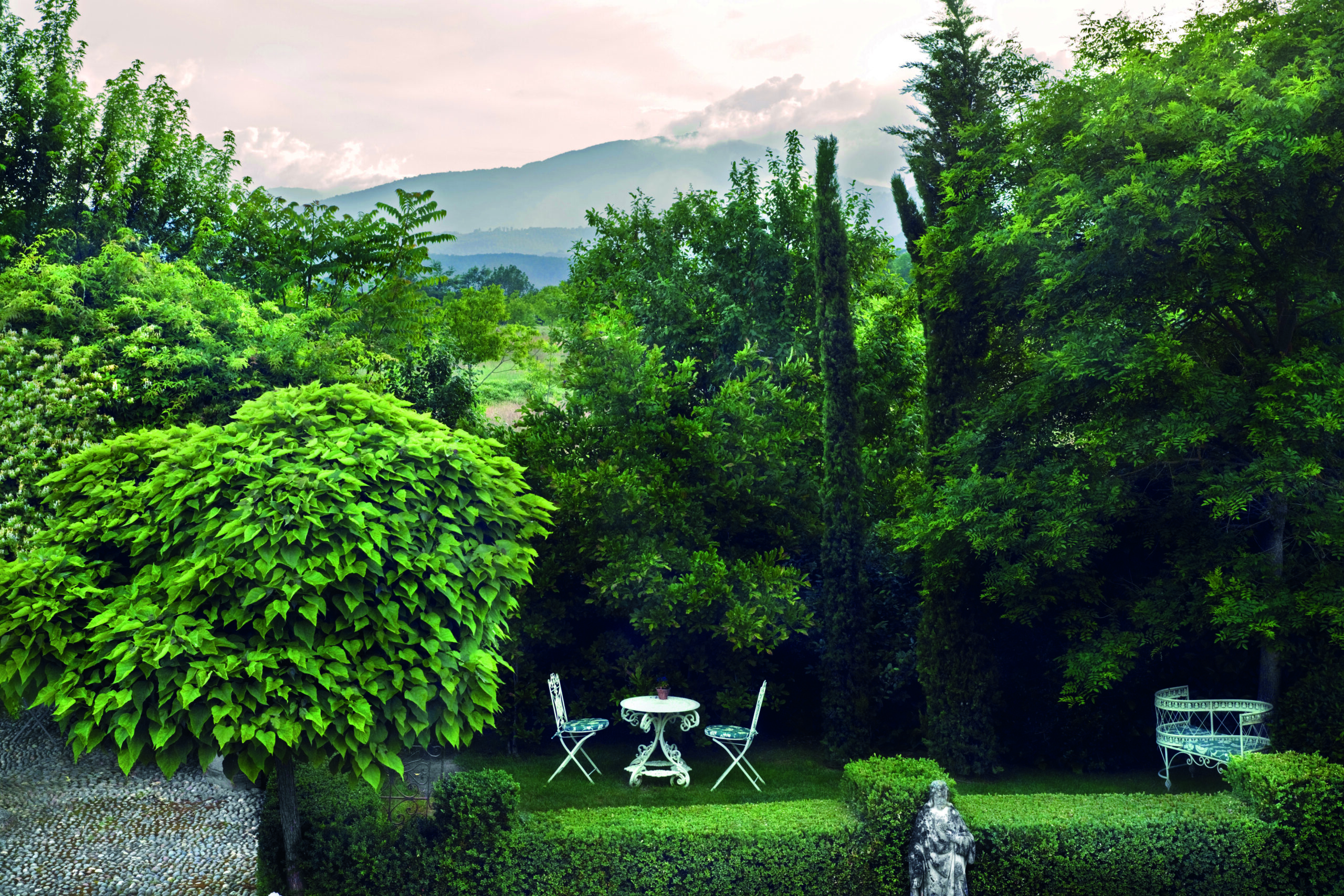
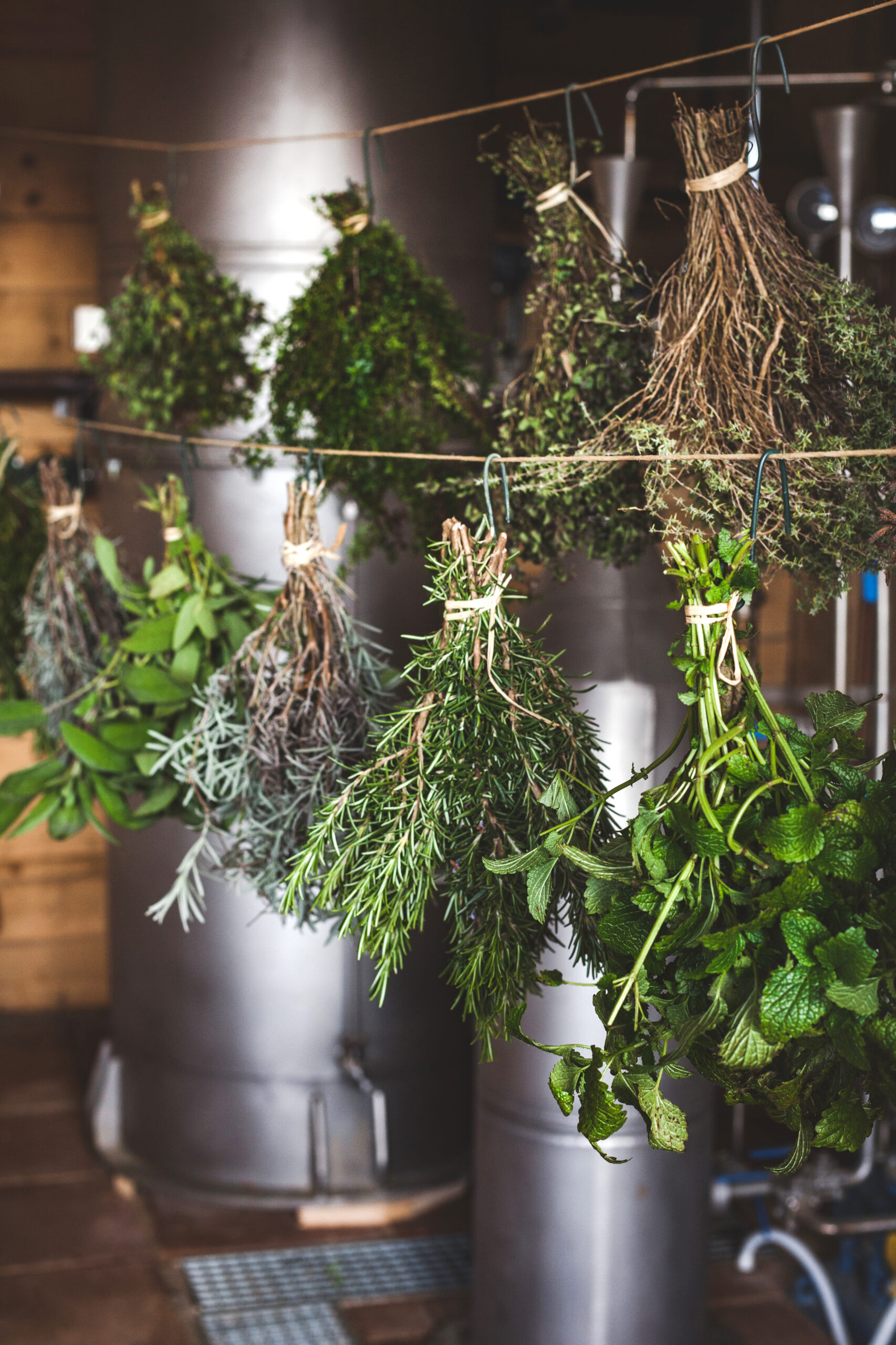
“I am a modern-day pilgrim,” the chef says. “Passing through the gardens, I cleanse my soul for each new day.”
Borgo Santo Pietro is a love story between the Thottrups and their love of the Tuscan countryside. This year marks 20 years of marriage for the couple and a milestone anniversary of the purchase of the ruin on their honeymoon. It took seven years, over 300,000 planted shrubs, and an unwavering ambition from the Thottrups to host their first guests at Borgo Santo Pietro in 2008. “If you always knew the journey before you started, maybe you wouldn’t do it,” Claus says of the tough ride dealing with Italian bureaucracy.
Over the years, the project has taken on a life of its own, acquiring ever more splendour: the spa offers an extensive treatment menu using the Seed to Skin range, the bocce area is transformed at night into an open-air cinema, the purpose-built Casa dei Fiori teaches flower arranging, there are bicycles to ride through the lavender fields, and the infinity pool offers a view across the valley. The pristine gardens, with resident peacocks, are manicured by 15 gardeners, and there is even a lake with a bridge straight out of a Monet water lily painting. The Thottrups’ intention has always been to create a self-sustainable estate that harmoniously balances the past with the present in a holistic environment.
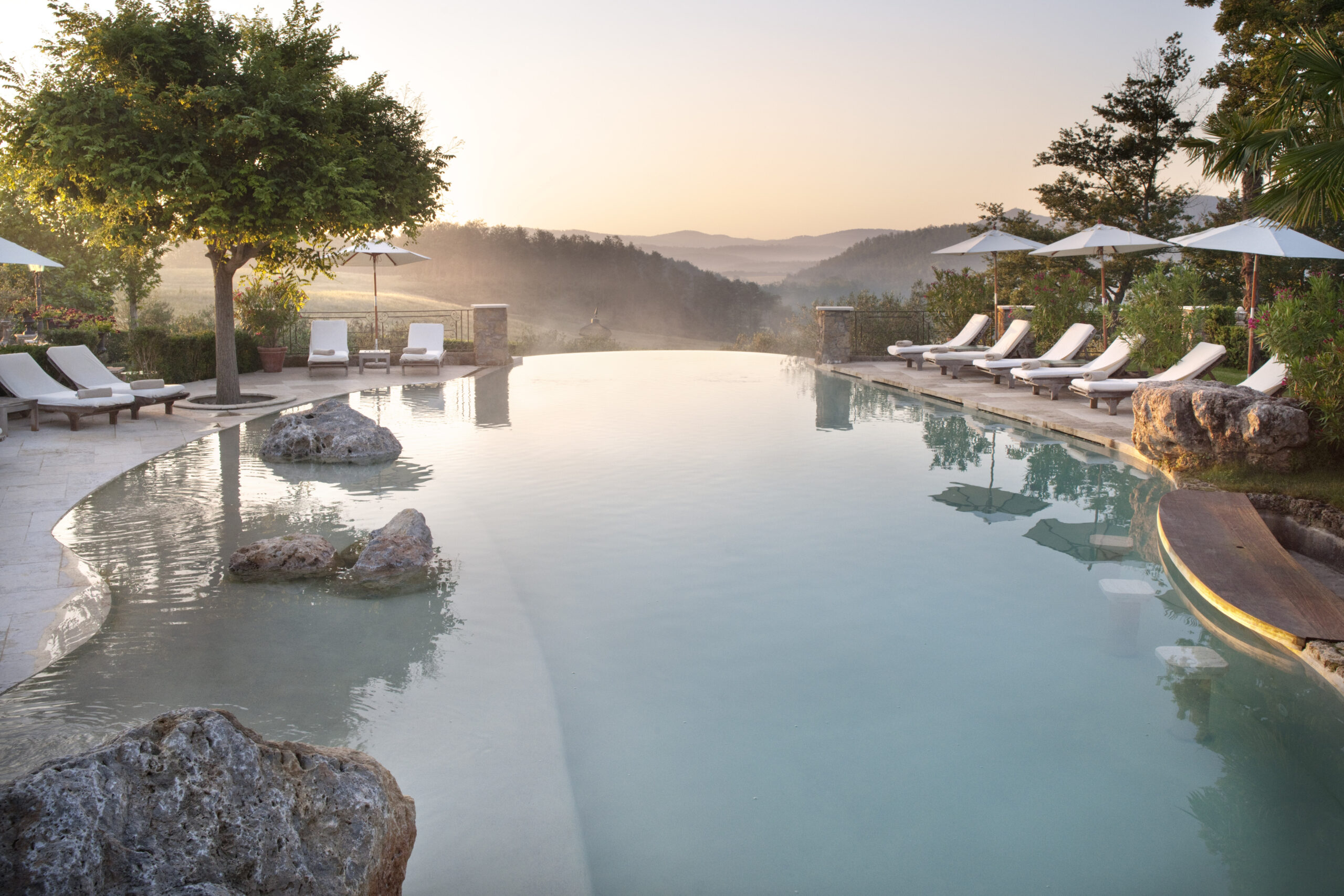
Head chef Giovanni di Giorgi of the property’s two restaurants, Michelin-starred Meo Modo and the relaxed Trattoria sull’Albero, walks from the staff apartments to work. The path of pebbled stone he takes en route to the kitchen in the main villa is the same one the pilgrims took over 800 years ago to pay homage to San Galgano. “I am a modern-day pilgrim,” the chef says. “Passing through the gardens, I cleanse my soul for each new day.”
Borgo Santo Pietro is much more than just a place to stay while in Tuscany. It’s a place to breathe deep, focus beyond the horizon, and give in to the emotion of living.

